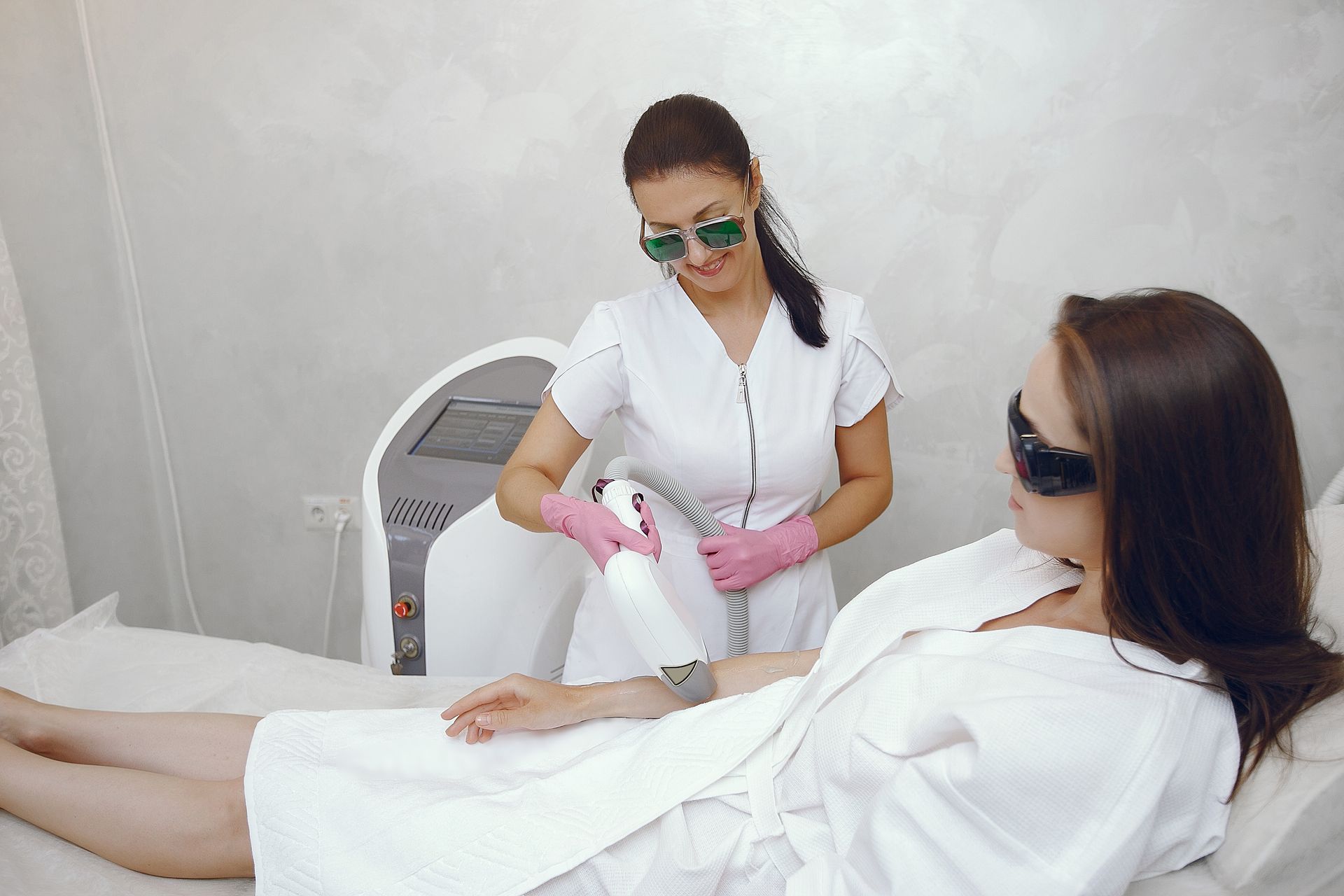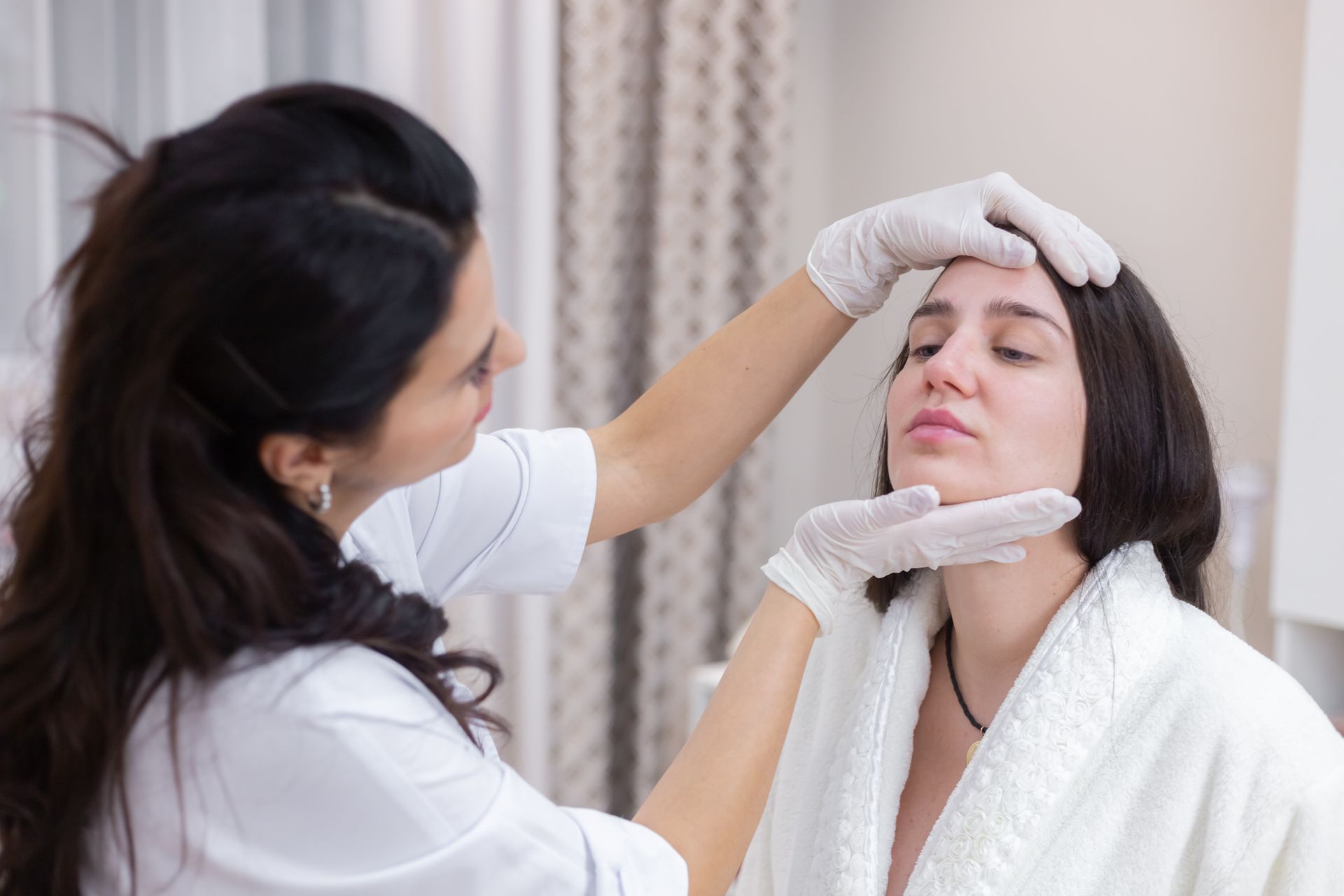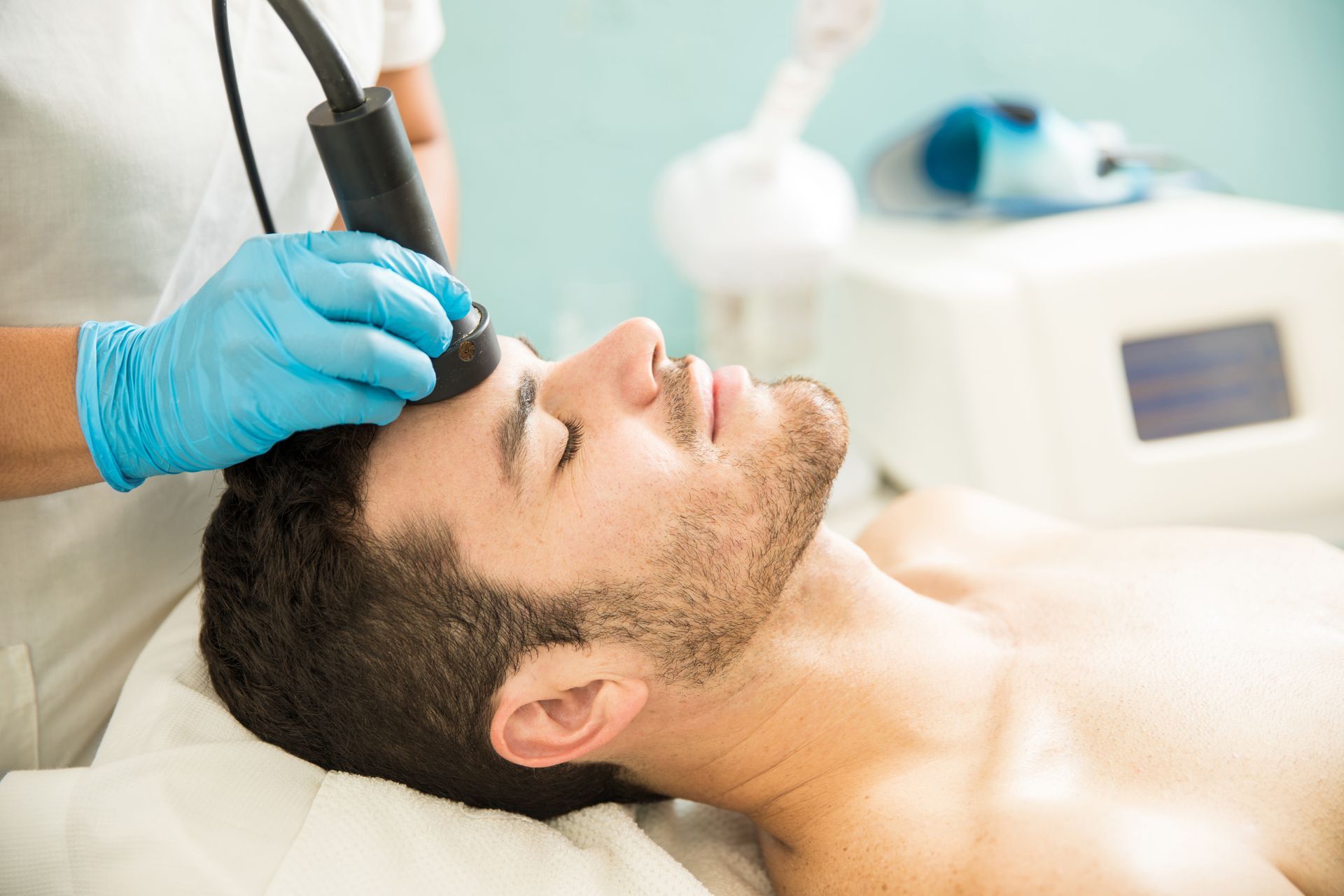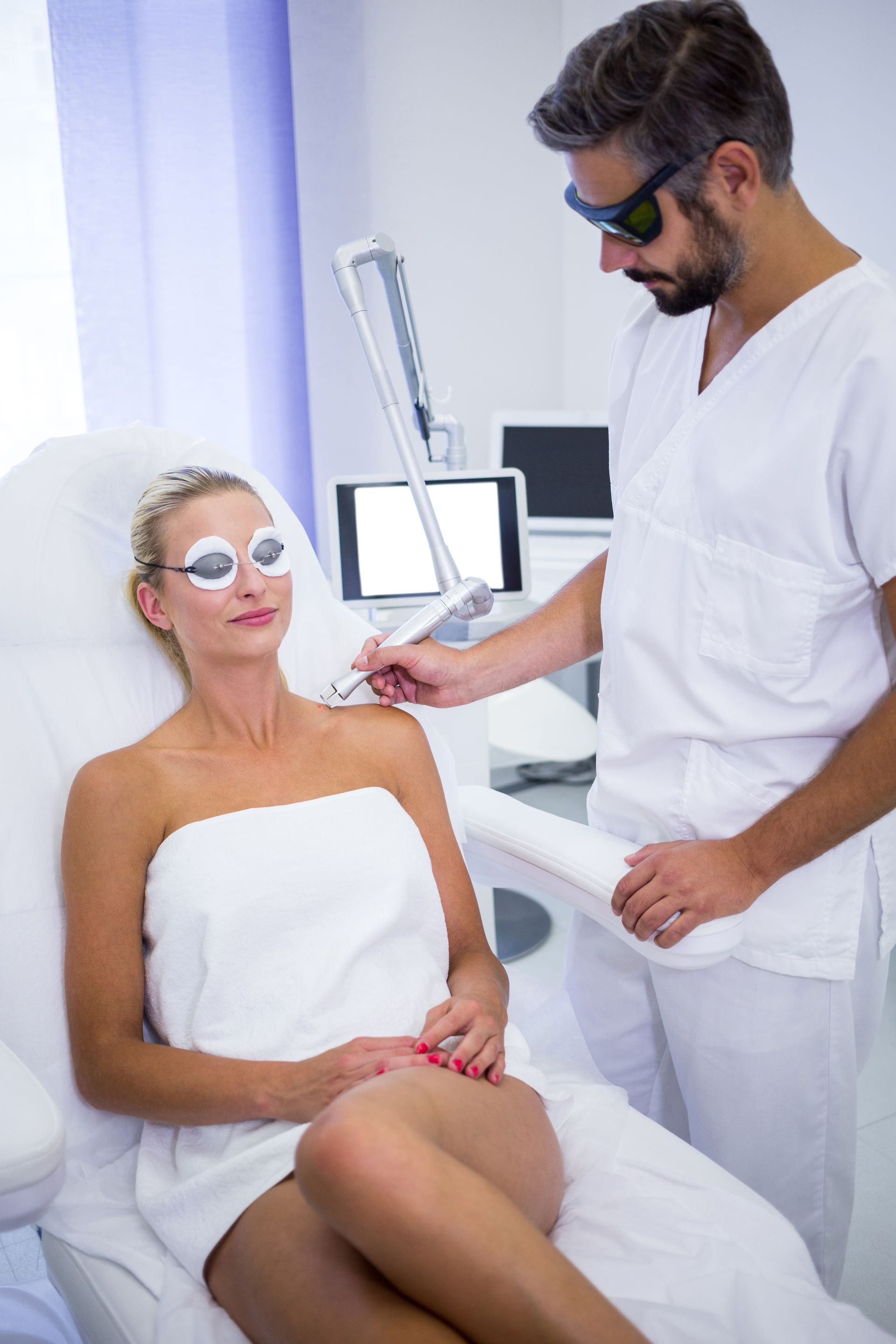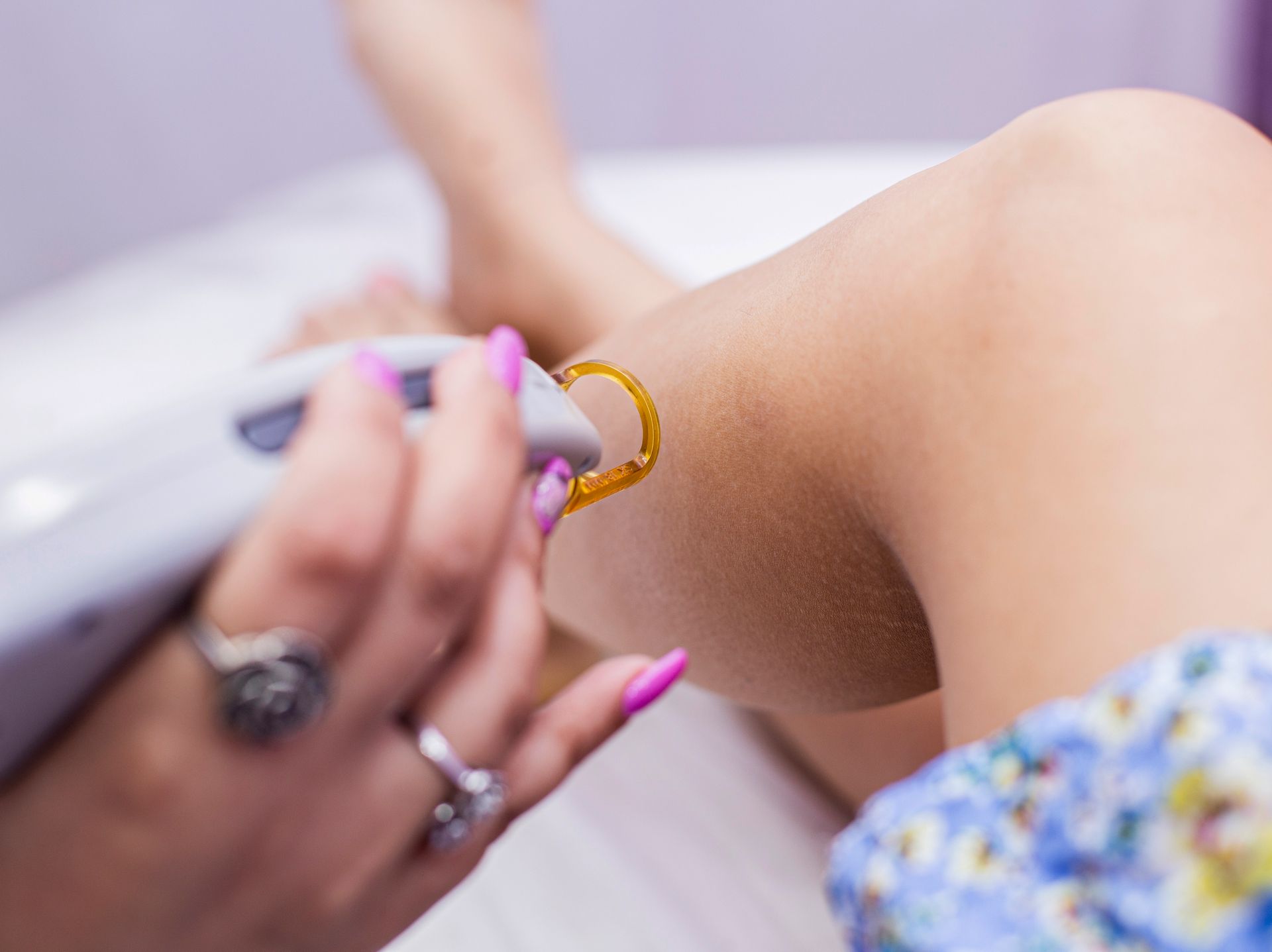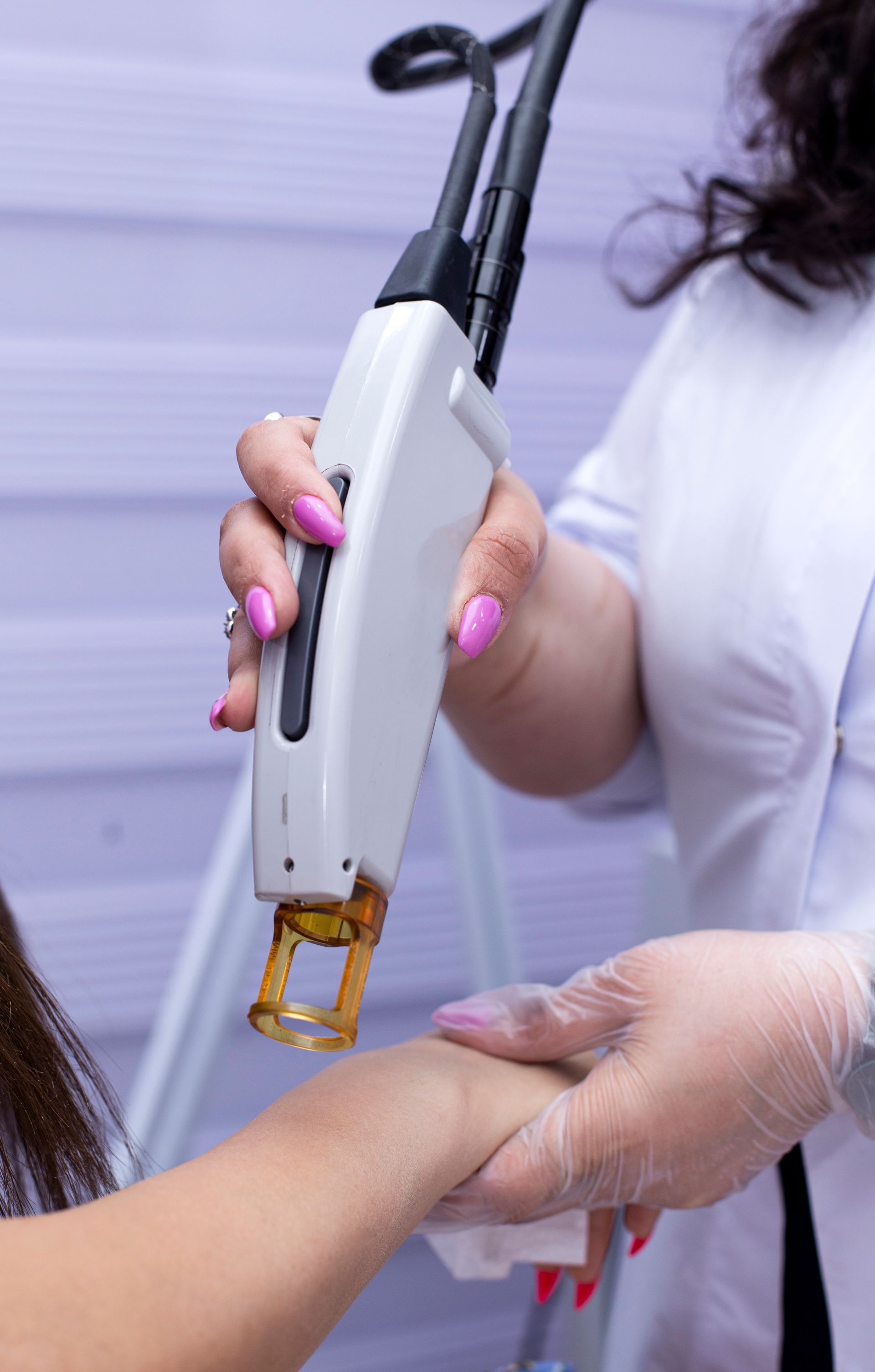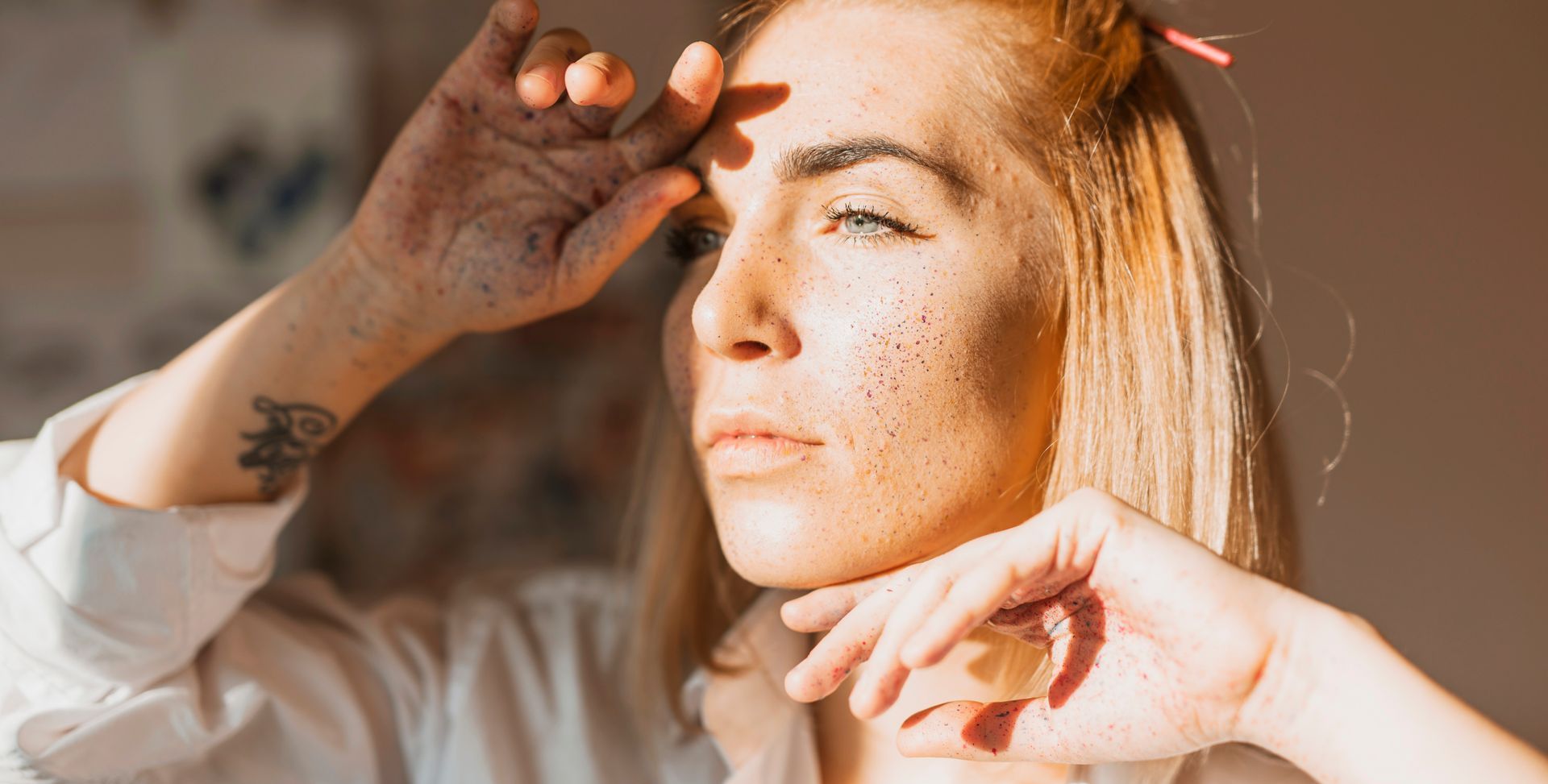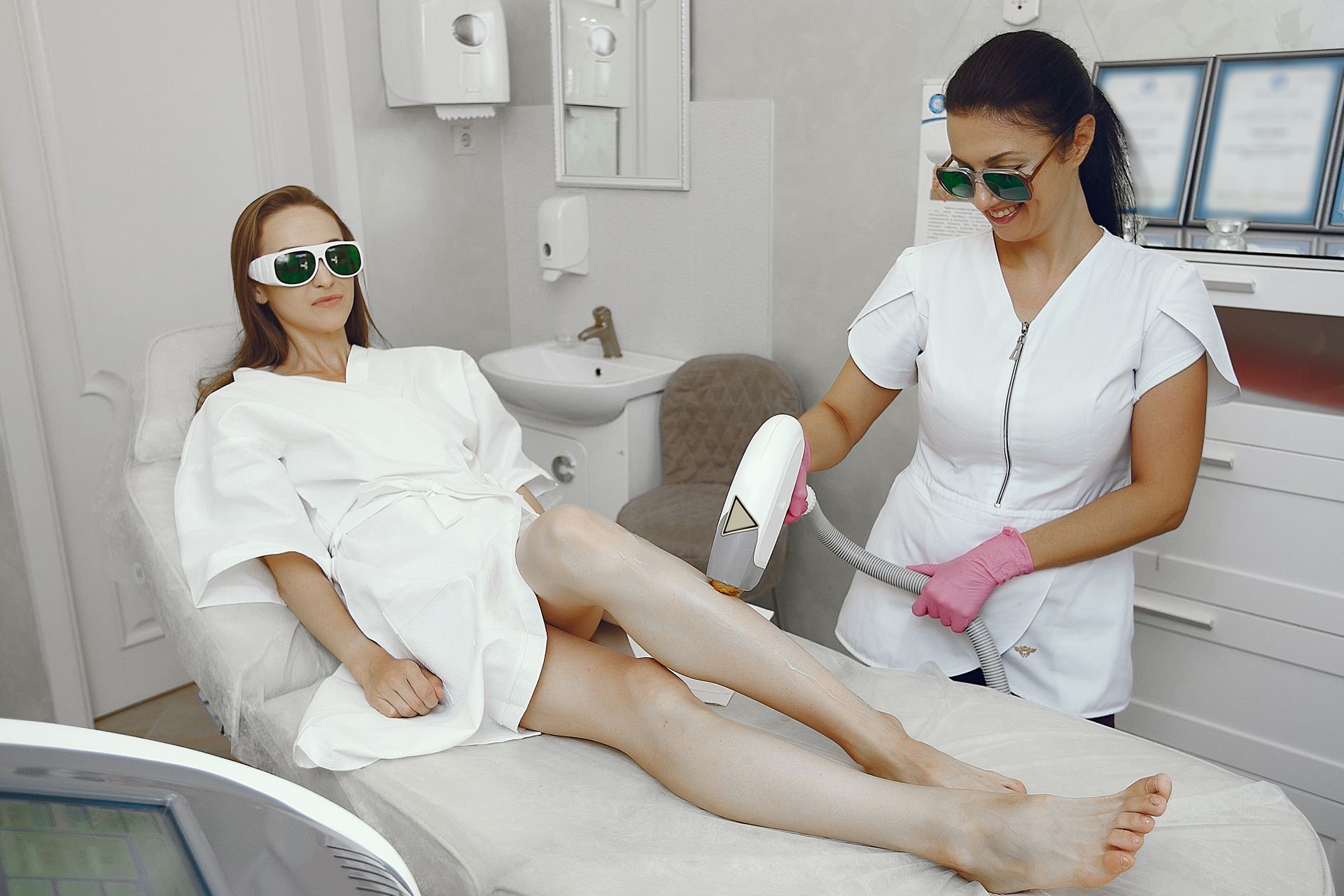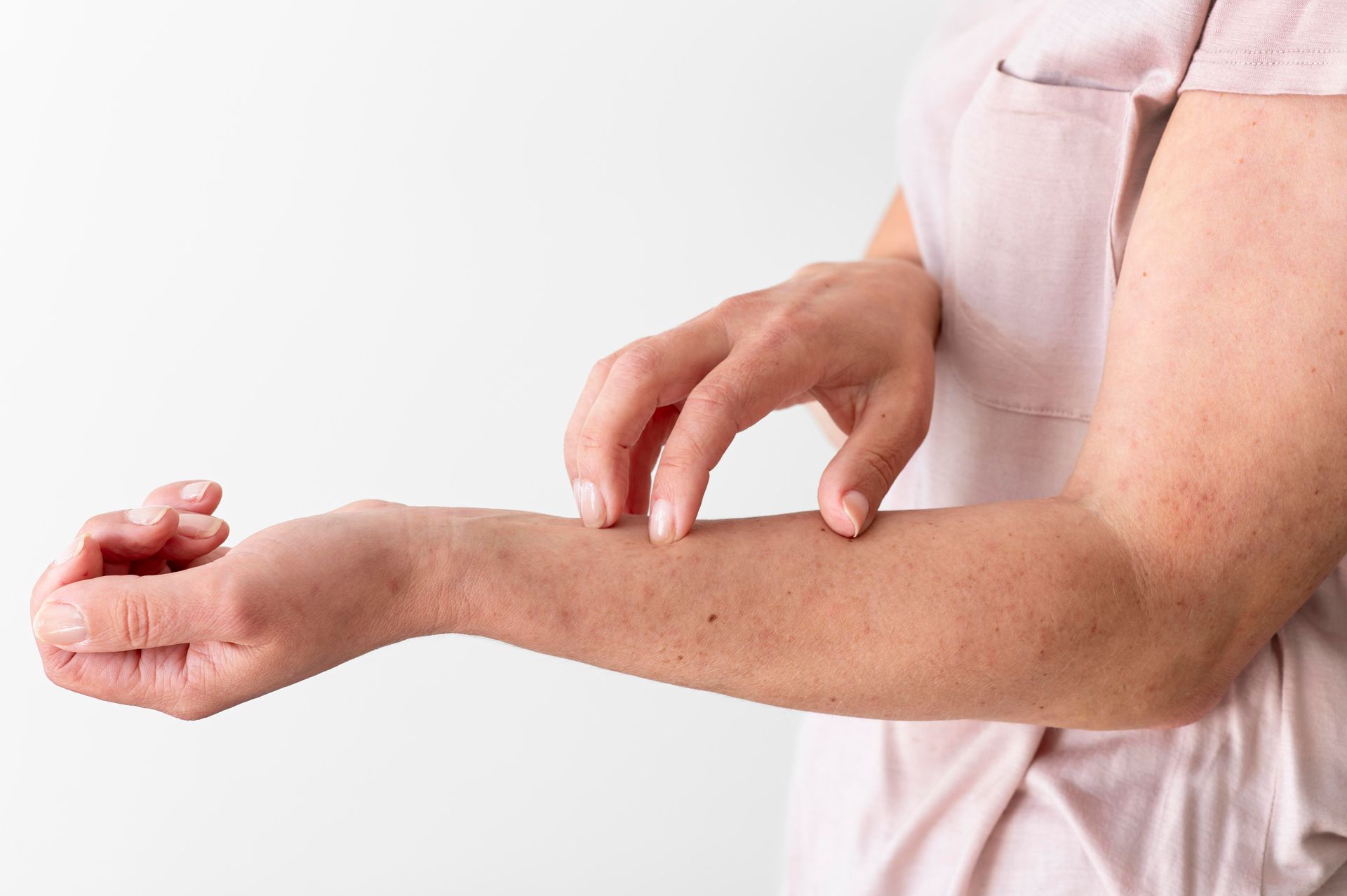Does Laser Hair Removal Make Your Underarms Darker?
Laser hair removal has become one of the most sought-after cosmetic procedures for those looking to reduce or eliminate unwanted hair. However, a common concern—especially among individuals with medium to darker skin tones—is whether laser hair removal can darken the underarm area. Let’s clear the confusion with research-backed facts, explanations, and a few myth-busting insights.
How Long Does Underarm Laser Hair Removal Last?
Understanding Laser Hair Removal and Skin Reactions
Laser hair removal works by targeting the pigment (melanin) in hair follicles with concentrated light. This light heats the follicle, effectively damaging it to inhibit future growth. While the treatment is generally safe, it involves heat, which can sometimes trigger temporary skin responses like redness, irritation, or mild discoloration.
Does Laser Hair Removal Actually Darken Underarms?
The short answer: Not typically, but it can in certain situations.
Temporary Hyperpigmentation Can Occur
In some cases, especially if the skin is sensitive, tanned, or recently waxed or shaved, temporary hyperpigmentation (darkening of the skin) may occur. This is usually the result of:
- Inflammation caused by the laser’s heat
- Improper technique or incorrect laser type
- Overexposure to the sun post-treatment
- Failure to follow aftercare instructions
This kind of darkening is not permanent and often fades over a few weeks with proper care and sun protection.
Dark Underarms May Appear More Noticeable After Hair Removal
Some people assume their skin has darkened after laser treatment, when in fact, it’s just that the removal of hair has exposed the natural skin tone. Hair often casts a shadow or masks uneven pigmentation—once gone, the skin’s texture and tone become more visible, making it seem darker or blotchy.
Myth-Busting: Common Misconceptions
Myth: Laser always causes pigmentation issues
Not true. Modern laser technologies like Nd:YAG and diode lasers are designed for a range of skin tones. When administered by a certified and trained professional, laser hair removal is generally safe and does not lead to darkening.
Myth: People with darker skin shouldn’t get laser hair removal
This is outdated advice. While earlier laser systems posed risks for people with melanin-rich skin, newer devices can effectively treat darker skin types without causing hyperpigmentation or burns. Skin type assessment and proper settings are key.
Myth: Any laser is fine for underarms
Wrong. Underarm skin is thin and sensitive. It’s crucial to use the right laser wavelength and technique. A mismatched laser type, especially on deeper skin tones, may cause irritation, burns, or pigmentation issues.
What Causes Underarm Darkness in General?
Sometimes laser isn’t the culprit at all. Underarm pigmentation can be caused by:
- Friction from tight clothes
- Frequent shaving or waxing
- Use of alcohol-based deodorants
- Hormonal imbalances or insulin resistance
- Genetics or skin conditions like Acanthosis Nigricans
If darkness is already present, laser hair removal might actually improve the appearance over time by reducing inflammation and ingrown hairs that cause irritation.
Does Laser Hair Removal Help with Underarm Hyperpigmentation and Ingrowns?
How to Prevent Pigmentation Issues Post-Laser
Avoid Sun Exposure: Always avoid tanning and apply sunscreen to the area, even indoors.
Don’t Wax, Pluck, or Epilate: Stick to shaving before your session to avoid follicular trauma.
Follow Aftercare: Use soothing gels (like aloe vera), avoid deodorants for 24–48 hours, and skip hot showers for a day or two.
Don’t Pick or Scratch: Let your skin heal naturally to avoid scarring or pigment changes.
Space Out Sessions Properly:
When to Worry: Signs Something’s Wrong
If you experience:
- Blistering
- Persistent dark patches
- Scarring
- Severe burning sensations
You should consult a dermatologist or qualified technician. These symptoms may suggest that the laser type or settings weren’t appropriate for your skin tone.
Can Laser Hair Removal Help Lighten Dark Underarms?
Interestingly, yes—in some cases, people notice that laser treatments help even out skin tone over time. Here's how:
- Reduced friction from hair regrowth
- No more repeated shaving or waxing trauma
- Lowered inflammation
- Fewer ingrown hairs
With consistent treatment and proper skincare, many clients report a brighter and smoother underarm area after several sessions.
Final Thoughts
So, does laser hair removal make underarms darker? Usually not—if done correctly. The risk of pigmentation is minimal when you’re treated by an experienced professional using the right equipment for your skin type.
Rather than causing darkness, laser hair removal often reduces skin irritation and improves tone. Just follow the aftercare guidelines religiously, protect your skin from the sun, and give it time to heal between sessions. If you're still concerned, a patch test and a detailed consultation can provide peace of mind and customized care.
BOOK YOUR FREE SESSION
